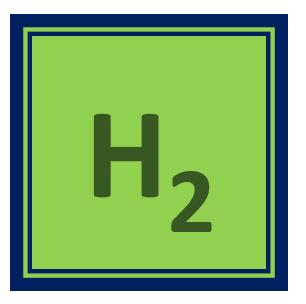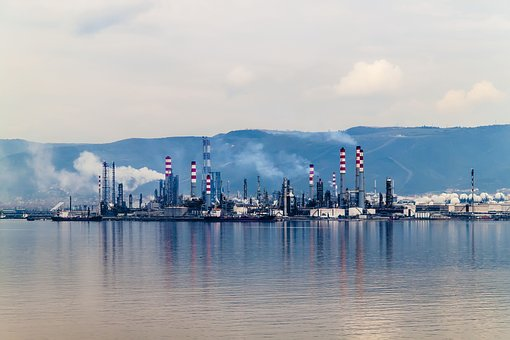Physical properties of hydrogen gas:
Hydrogen (H2) is a colorless, odorless, and tasteless gas at room temperature.
It is the lightest element and the most abundant element in the universe.
Hydrogen gas is highly flammable and can form explosive mixtures with air.
It is not very soluble in water or other solvents.
Chemical properties of hydrogen gas:
Hydrogen gas is highly reactive and can react with many other elements and compounds.
It is a powerful reducing agent and can donate electrons to other molecules in chemical reactions.
Hydrogen gas can participate in a variety of reactions, including combustion reactions and reactions with metals and non-metals.
It can also react with oxygen to form water, a process that releases a large amount of energy.
Uses of hydrogen gas:
Hydrogen gas is used in the production of ammonia, which is a key component in fertilizers and other chemical compounds.
It is used in the petroleum refining industry to remove impurities from crude oil.
Hydrogen gas is used in the food and beverage industry to hydrogenate oils and fats, which can improve their texture and stability.
It is also used in the production of some types of plastics and in some industrial processes, such as the production of semiconductors.
Reactions of hydrogen gas with other compounds:
Hydrogen gas can react with metals, such as iron, to form metal hydrides.
It can react with non-metals, such as chlorine, to form hydrogen chloride.
Hydrogen gas can participate in combustion reactions with oxygen to produce water and release energy.
It can also be used as a reducing agent in some chemical reactions, where it donates electrons to other molecules to promote the formation of a desired product.
How to produce Hydrogen gas:
Hydrogen gas can be produced through several methods, including electrolysis of water, steam reforming of natural gas or methane, and biomass gasification.
Electrolysis of water involves using an electric current to split water molecules into hydrogen and oxygen gas.
Steam reforming of natural gas or methane involves reacting the gas with steam at high temperatures to produce hydrogen and carbon monoxide, which is further reacted to produce more hydrogen.
Biomass gasification involves heating organic material in the absence of oxygen to produce hydrogen gas and other products.
Equations to produce Hydrogen gas
Reaction between an acid and a metal:
2HCl + Mg -> MgCl2 + H2
Electrolysis of water:
2H2O -> 2H2 + O2
Steam reforming of natural gas:
CH4 + H2O -> CO + 3H2
Partial oxidation of hydrocarbons:
CH4 + 1/2O2 -> CO + 2H2
Biomass gasification:
CxHy + H2O -> CO + (x + y/2) H2



